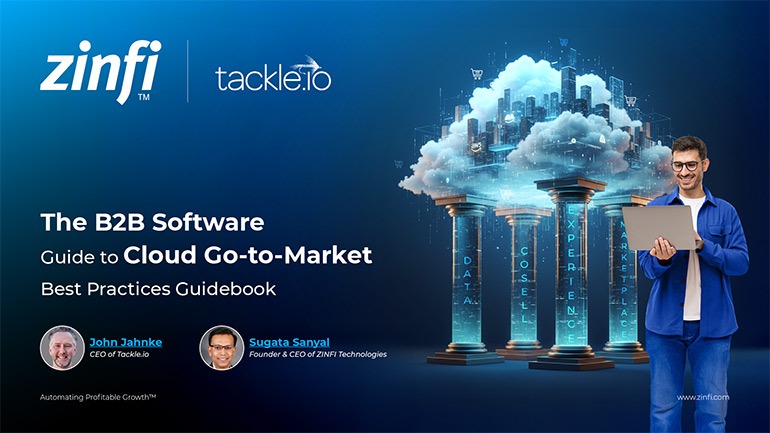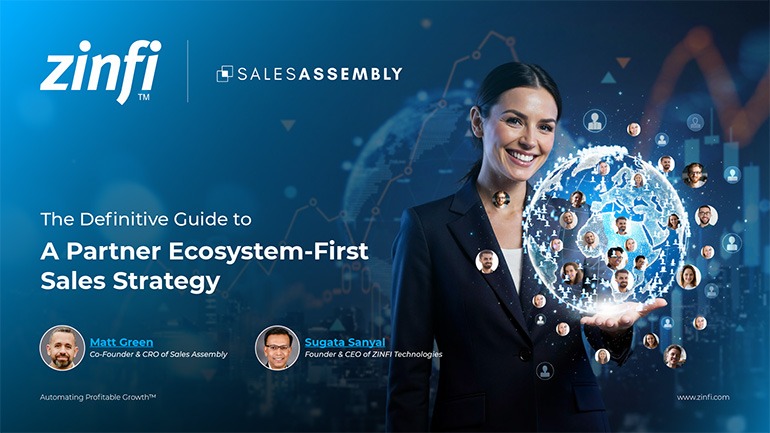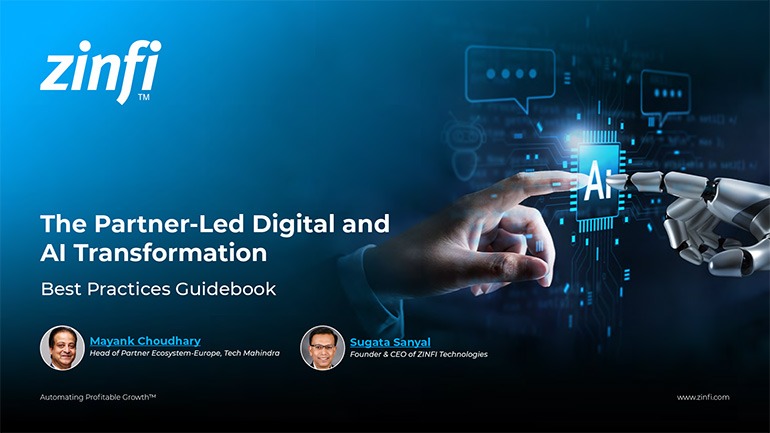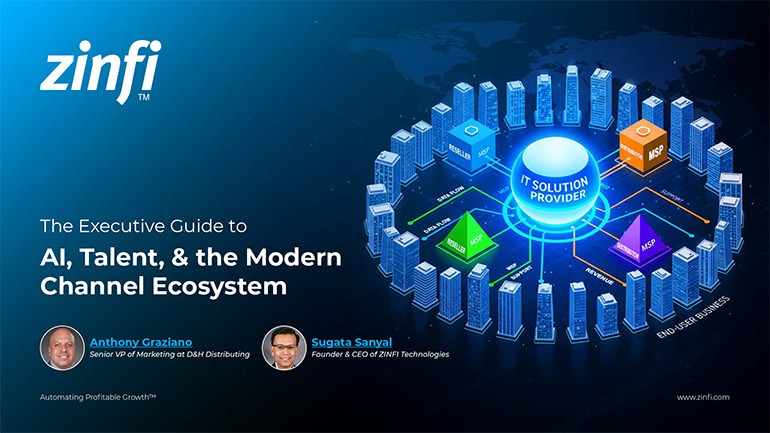Barry Mainz outlines the Forescout Security culture, defining it not as an amorphous concept but as the company’s blueprint for problem-solving and establishing core routines. Forescout's ethos is straightforward: one must constantly improve, as "there's no staying the same" in the dynamic world of cybersecurity. A foundational routine involves executive engagement at the point of sale, or "where the money changes hands," to gain the customer's perspective. This unique focus on customer friction and ease of doing business drives cultural evolution and helps the organization refine its culture over time. This cultural commitment is crucial given the company’s 25-year history in a complex, global, and nation-state-involved space. The discussion shifts to the OT/IoT Ecosystem, highlighting the massive change driven by connected devices that extends beyond traditional IT. Mainz, leveraging his experience with embedded operating systems, notes that non-traditional devices, such as industrial controls (IOT/OT and medical OT), now have vulnerability issues (CDEs) exceeding those of standard IT operating systems. These critical infrastructure devices—from power grids to industrial robots—were not built for patching, creating significant, hard-to-remediate risk. Forescout recognized this shift early, transitioning from a core NAC company to a broad Forescout Security platform focused on network operations security for the world’s largest public and private companies.
This evolution into Critical Infrastructure Protection is accelerating due to the increasing frequency of severe breaches and regulatory pressure. The US Disclosure Act, for instance, has made CFOs and CEOs personally liable for non-disclosure of breaches affecting OT/IoT devices. This regulatory push is forcing mature organizations, which often deal with outdated, decades-old systems, to rethink their approach to security. Conversely, emerging markets (like META and India) frequently exhibit less ego and legacy lock-in, making them more open to modern, flexible solutions, which has led to them becoming Forescout's fastest-growing regions. The complexity of the OT/IoT Ecosystem demands this cultural fluidity.













